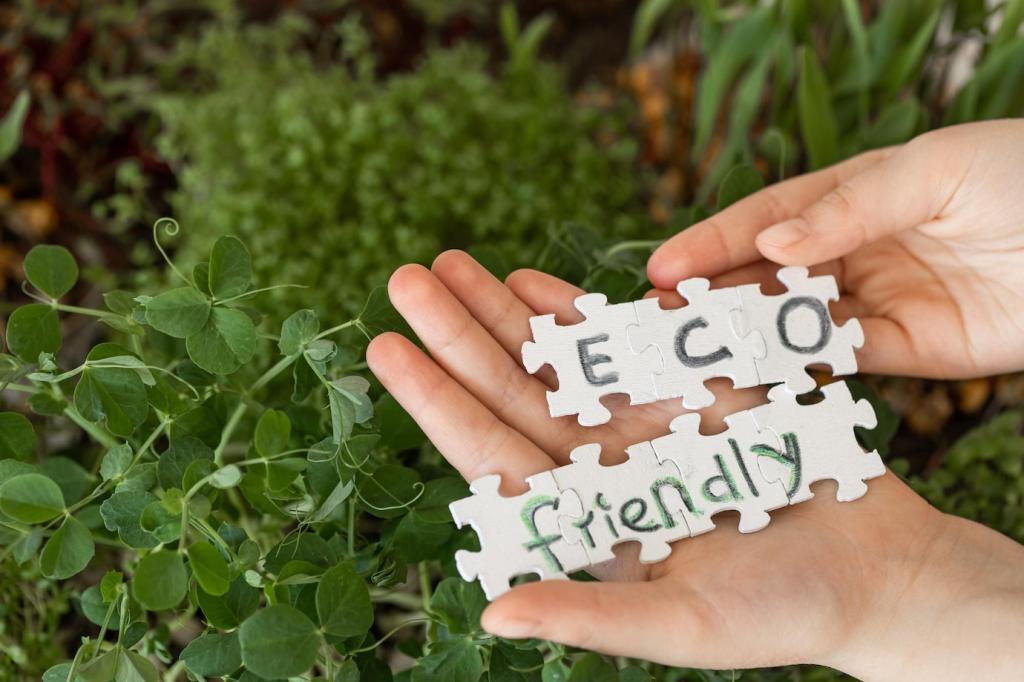Troubleshooting the Natural Way
Place a cotton cloth over the mark and glide a warm iron briefly to coax trapped moisture out. Follow with a touch of wax or oil to even the sheen, working lightly so you don’t over-correct the area.
Troubleshooting the Natural Way
Wipe with a dilute castile soap solution and plenty of clean water rinses. For stubborn silicone residue, a plant-based citrus solvent can help—used sparingly and patch-tested—followed by a protective beeswax coat once dry.

